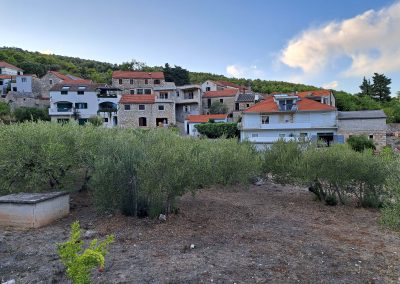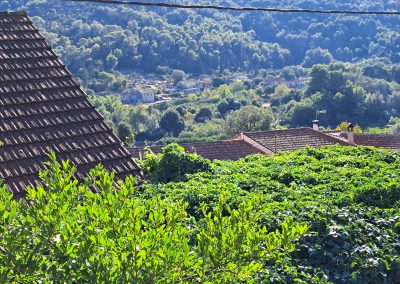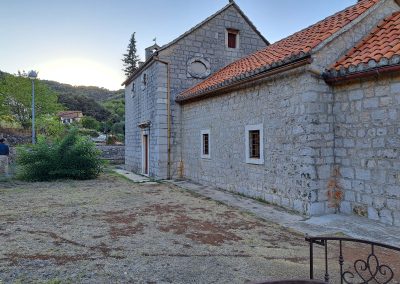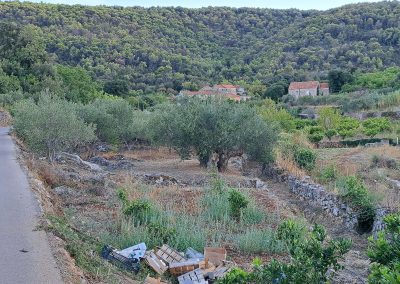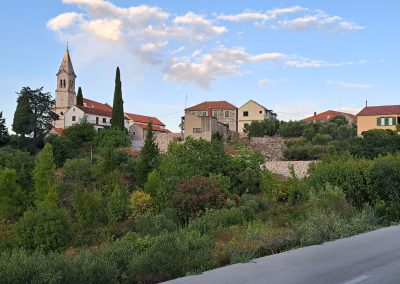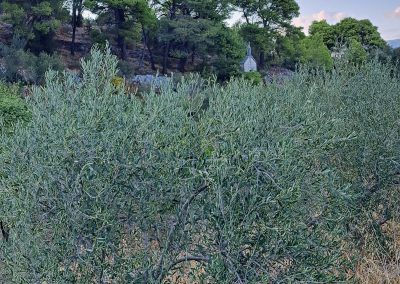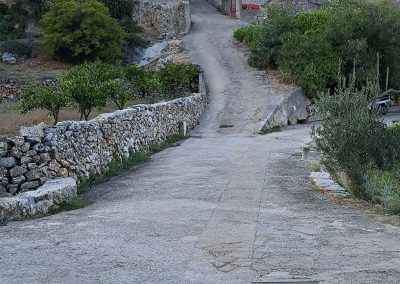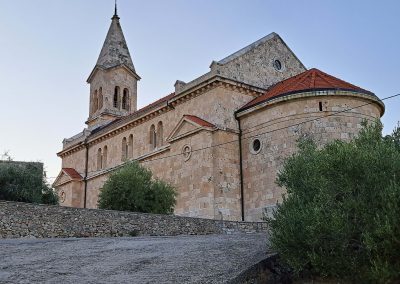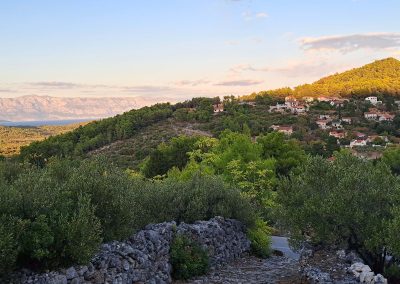Dol, island of Hvar
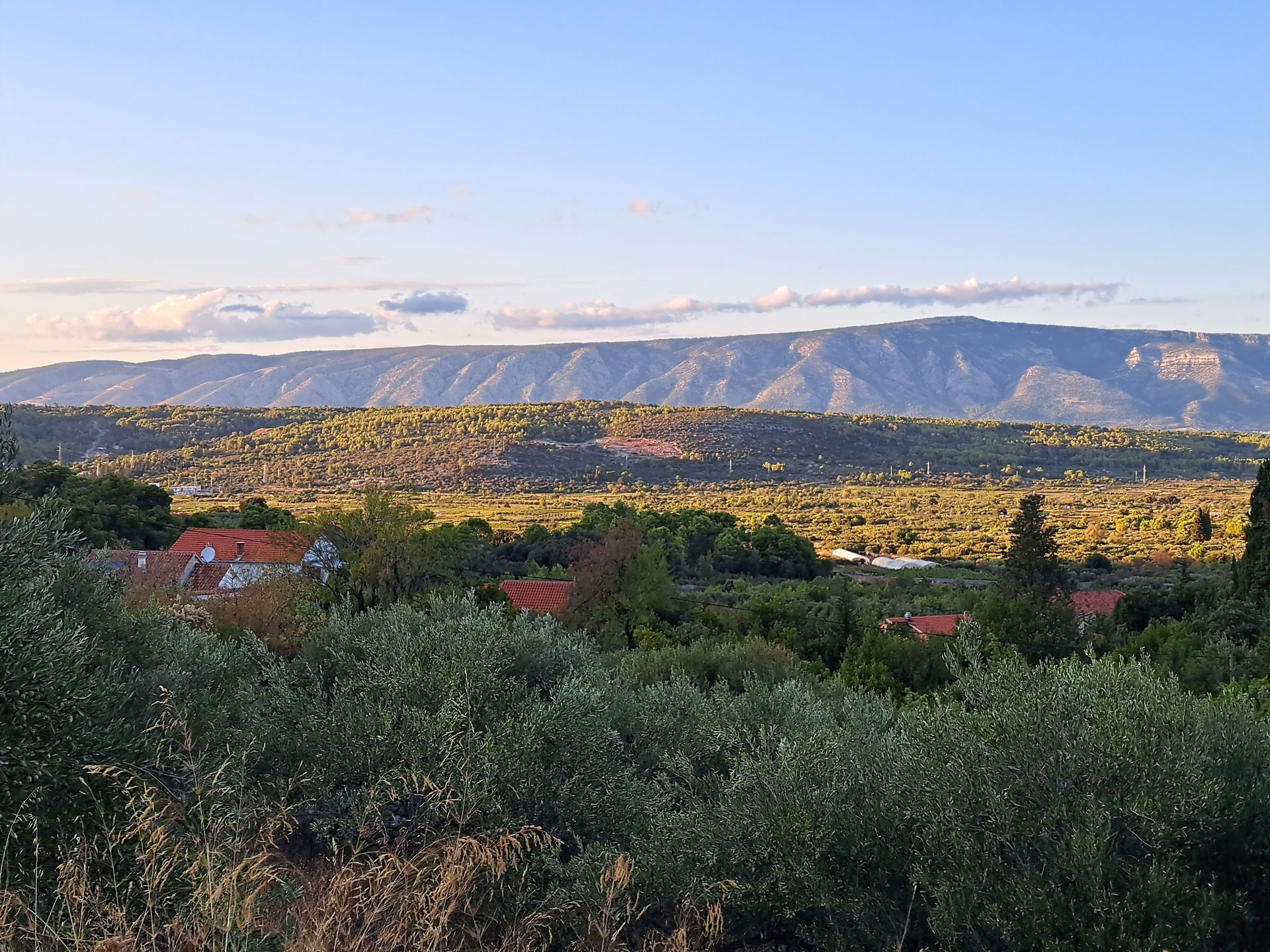
About Dol
The village of Dol, just 6 km away from Stari Grad, stretches through three parts. Srednji Dol is near the parish church of St. Michael the Archangel, the parish branch, and the local cemetery. Donji Dol, “St. Mary’s,” features the older church of St. Roch from the 19th century and the church of St. Mary, whose construction dates back to the 14th/15th century and was completed in 1889. Finally, there is Gornji Dol, “Dol of St. Anne,” with the church of St. Anne from the 13th century (formerly known as the church of St. Barbara, mentioned as early as 1226). This church was later expanded and renovated, completed in 1589, and assigned to the parish priest as a benefice.
The fertile land near the Stari Grad Plain, sources of drinking water, humidity in the valley, and an abundant number of sunny hours made this area favorable for settlement as early as ancient times. Thus, in the area of Dol, we can find various inscriptions and architectural remains from the Roman era, the Roman villa rustica Kupinovik, and most significantly, from the first millennium BC. The Prehistoric Illyrian fortress Purkin Kuk, later expanded with megalithic walls by the Greeks in the 4th century BC as a lookout for the fields and the town of Pharos, was further modified during the Roman period in the 1st and 2nd centuries for various utilitarian activities. There, we find various remains of wine presses, olive oil presses, and many other relics.
On the way to Vrbanj, there are minor remains of the church of St. Dujam from the 11th century.
In 1900, Dol had nearly 1000 inhabitants, 348 in 2001, and 107 in 2021.
The population increasingly engages in tourism, renting apartments, and stone houses with gardens and sea views are very interesting in the real estate market.
In the summer months, several restaurants with local gastronomic offerings are active, and the “Puhijada” festival is especially popular, where you can taste dormouse prepared in several ways.
At the turn-off from the main road between Stari Grad and Jelsa towards Dol, biologist Matko Rojić, originally from Dol, created a beautiful Arboretum with minimal intervention in the spontaneous wildness of nature. Here, you can learn about all the plants of the island of Hvar and several types of olives in their natural habitat, walking along the beaten paths of the natural rocky terrain.
In Dol, at the Duževi Dvori estate, lived the Croatian painter Marin Ribarić.
